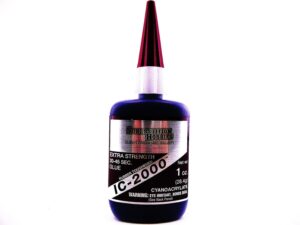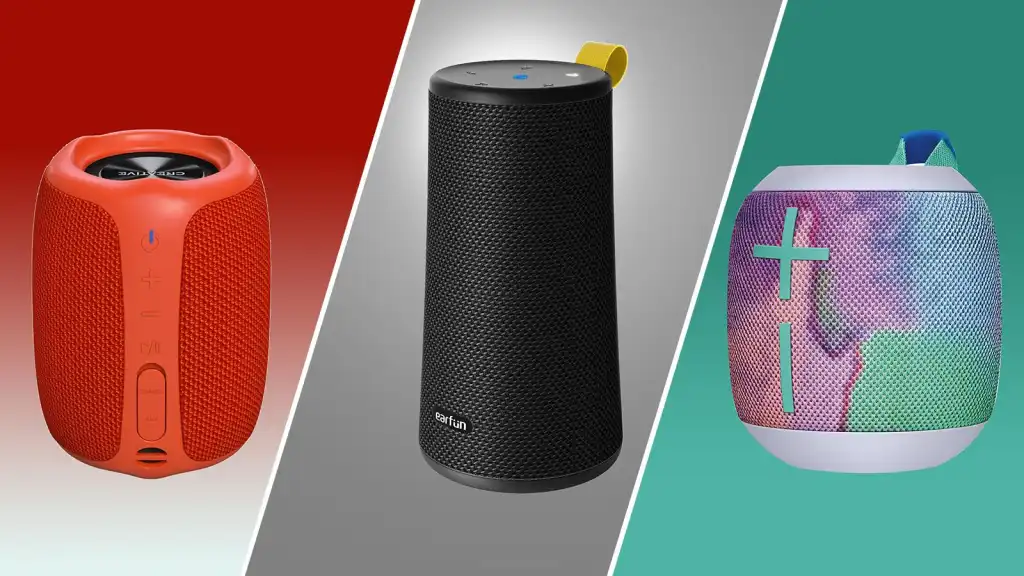Table of Contents
ToggleSpeakers definitely give thrillers. There are various speaker kinds available for various purposes. The production of a variety of speakers has expanded along with technological advancement. There may be a speaker attached to a computer that converts electromagnetic waves into sound waves, loudspeakers used in public gatherings to make the presenter’s voice audible, Bluetooth speakers used to play music and provide a vibe, or speakers used in schools to deliver vital information. There are different kinds of them, as I already mentioned.
Speakers are unquestionably necessary for a home, as we have already stated. Because you may host a party, and without loud music, the party would be sappy. But, what if you already have a speaker that is broken, and you are too broke to fix it? A good glue would secure your pocket and mood. But, choosing the perfect glue to fade away the gloom would be difficult. To make your task easy, we have come up with the best speaker glues in the market, which would be a lifesaver. Read below to know more.
We Recommend the following Products
1. Speaker Repair Adhesive

This is the best speaker glue on the market. Since the glue does not take an eternity to dry out, the adhesive is ideal for you. It will, however, also provide you the freedom to alter things before the components are fixed. Once it dries, it will not leave any unsightly residues. Without any evidence of glue, the glued area would appear clean and faultless.
This adhesive can be used to attach aluminum dust caps to cones. Spiders and surrounds can be attached to the frame and the basket, respectively. Additionally, it easily connects speaker surrounds to composite, metal, paper, and poly cones. Therefore, it is the ideal solution to your speaker issue.
2. IC-2000 Rubber-Toughened 1oz CA Adhesive Glue

This rubber-toughened adhesive creates an unbreakable bond between the fixed parts. On non-porous surfaces, they are known to produce excellent, shock-resistant bonding. Fiberglass, rubber, and metal are all easily joined.
With this adhesive, any component can be assembled in 20 to 40 seconds. Additionally, you can use this adhesive to join the various speaker components, including the formers, bulkheads, voice coils, cones, spiders, and servo rails.
Parts of a Speaker
Diaphragm – The speaker’s voice coil is connected to the diaphragm. By forcing the air forward and backward, it is responsible for producing sound waves. It is also called as cone.
Former – The former of the speaker is encircled by a voice coil.
Dust cap– The dust cap is in charge of shielding the voice coil from dirt and other tiny contaminants. They prevent dust from accumulating between the magnet and the voice coil.
Basket – The speakers are held in place by a metal frame known as the “basket.”
Spider – spider attaches the speaker cone to the frame. To produce sound, it enables the speaker cone to rock back and forth.
Magnet – Magnets are useful for helping the speaker produce mechanical vibrations.
Voice coil – A Voice coil is a winding of wires. The magnetic field produced by the air current is used to move the diaphragm.
Top plate – It is made of iron.
Bottom plate – The speaker’s magnet and pole piece are held by the bottom plate.
Cables – Cables are used to link the speaker and amplifier.
How Should I Prepare the Speaker’s Surface for Repair?
To ensure successful bonding, the substrate surface must be free of dust, filth, oil, and grease. Therefore, make sure you use acetone or alcohol wipes to remove all of the dust from the speaker. Cleaning them in such a manner would promise a better adhesive bond.
How Can You Tell if a Speaker is Blown?
The speaker will start to make an unpleasant buzzing and scraping sound, which may irritate your ears, or no sound will be produced by the speaker. These are signs that your speaker is blown and needs to be repaired.
Additionally, a multimeter will assist you in determining whether or not the speaker’s voice coil is damaged. Your speaker is unquestionably blown if the multimeter reads infinite ohms.
What Factors Lead to Speaker Damage?
The damage to the speaker is caused by several factors. Usually, overpowering causes damage to speakers. However, speaker damage can also result from poor wiring and underpowering. Additionally, leaving speakers outside for an extended amount of time may expose them to too much humidity, which could harm the speaker’s internal components. Speakers will also be harmed by excessive loudness levels.

